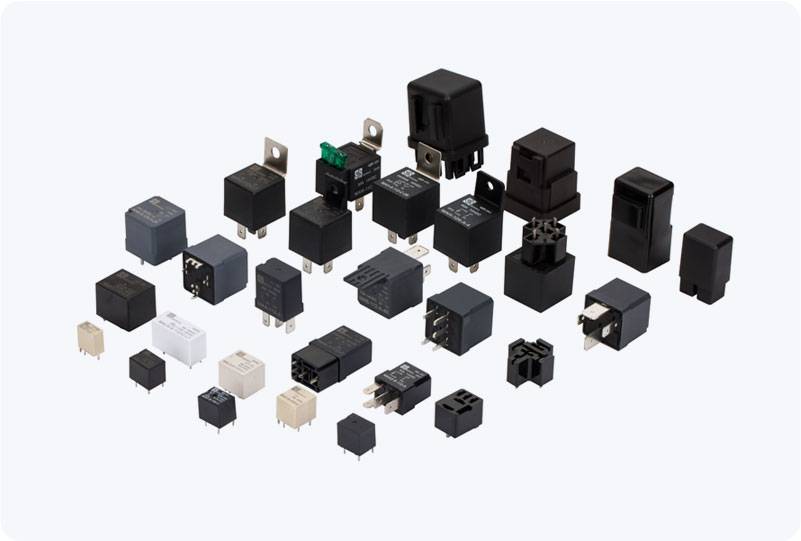The Dual Relay Module is a crucial component in many electronics projects, especially in the field of home automation and control systems. This small yet powerful module provides a simple interface between low-voltage control circuits, such as microcontrollers (Arduino, Raspberry Pi), and high-voltage electrical devices. Its ability to control appliances and other high-power systems with ease and precision has made it a go-to tool for engineers, hobbyists, and DIY enthusiasts alike. In this article, we will explore the functionality, applications, and best practices associated with using the Dual Relay Module.

What is a Dual Relay Module? A Dual Relay Module is an electronic component that consists of two relay switches, designed to control two separate electrical circuits. A relay is an electrically operated switch that allows a low-voltage control circuit to switch on or off a higher-voltage load, such as lights, motors, or home appliances. By using a relay, users can safely control high-voltage circuits without directly handling the high-voltage connections. Typically, a Dual Relay Module operates on a low-voltage input, often 5V or 3.3V, and it enables users to control two devices with just one module. This functionality makes it an ideal choice for small-scale automation projects or for controlling multiple devices from a single platform.